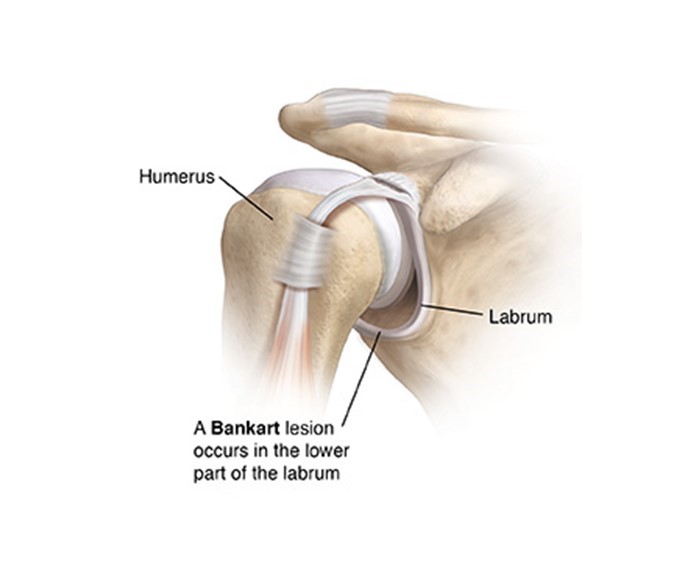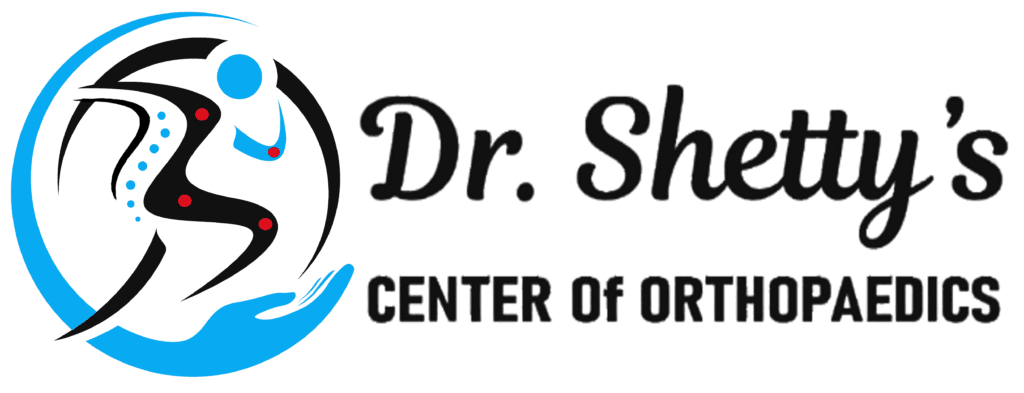Dr. Akshay Shetty Orthopaedics
Bankarts/Labral Repair
sports injury treatment - Bankarts repair in HSR layout
Ball-and-Socket Configuration:

A sudden shoulder injury during a sporting activity or road traffic accident can create a forceful dislocation. This event of dislocation rips and tears apart the bumper (labrum) from the front and inferior aspects of the Glenoid bone socket, which is called Bankart’s lesion. When the labrum is torn, the bony cartilage rim around the socket is compromised (the water dam’s wall is broken off), allowing the humeral head to slip forward and dislocate with exertional movements.
Most Bankart lesions are caused by anterior dislocations-
when the arm moves too far forward and down (the head of the arm bone moving out of its place in a forward direction). Few dislocations occur in the reverse direction, with the arm moving backwards out of the glenoid bone socket, causing damage to the back portion of the labrum tissue.
If this injury is associated with a fracture of the shoulder socket (glenoid cavity), this is called a bony or osseous Bankart lesion.
An untreated Bankart lesion can lead to chronic shoulder instability, meaning your shoulder may dislocate again in the future, probably in situations involving less force than the original injury.
Causes-
- Road Traffic Accidents: A sudden blow to the shoulder can knock the ball (head of humerus arm bone) from its socket (Glenoid bone), tearing the labrum.
- Sports Injuries: Crashing into another person with speed and force — for example, during a football or hockey tackle — can shove the shoulder out of alignment or drag the arm forward or backward, leading to dislocations.
- Direct fall on the shoulder (sports): Falling and landing on one’s shoulder can lead to shoulder dislocations in athletes, especially in sports where falling with height or speed is common, like gymnastics, skating, rollerblading, or skiing.
- Falls (not from sports): Falling off a building or from a certain height can deliver enough force to dislocate the shoulder. Older adults and those with gait problems can be highly prone to this kind of fall.
- Overuse injuries: In some athletes, overuse of the shoulder can lead to loose ligaments and instability. Swimmers, tennis players, volleyball players, baseball pitchers, gymnasts, and weight lifters are prone to this problem. Also, non-athletes may develop instability from repeated overhead motions of the arm (for example, swinging a hammer).
- Lax Ligaments: Some people have very lax ligaments, leading to dislocation of the shoulder easily with minimal exertion.
